267 Views
Junkyard Find: 1994 Acura Integra LS Sedan

by
Murilee Martin
(IC: employee)
Published: January 29th, 2018
Share
The third-generation Acura Integr a went on sale for the 1994 model year and sold very well in North America. Well-built, reliable, and an immediate favorite of racers and customizers, resale values stayed up and it took a good 15-20 years before the third-gen Integra began showing up in large quantities in self-service wrecking yards; today discarded examples are plentiful.Since the model’s junkyard numbers are beginning to decline after a few years of glut, I decided to photograph one for this series. Here’s a very typical California 1994-2001 Integra, covered in flat-black paint and showing evidence of merciless beatings during its 23 years on the road.
218,946 miles on the clock, which is typical for most junked Honda products of this age. It may have had more life in it, but the body and interior reached Full Hooptie stage years ago and it wasn’t worth keeping on the street.
The 1.8-liter B18B1 engine in this car made 142 horsepower. Because the 1994-2001 Integra was based on the 1992-1995 Civic, most of the mechanical components will swap between the two types; I am taking advantage of this compatibility with my own Civic.
I photographed this car in San Jose, California, but it appears to have started its career in Portland, Oregon.
With flat black paint and aftermarket wheels, we can assume that this car spent much of its time — at least during its final few years — with the engine screaming above six grand. I didn’t spot any of the usual cheap eBay coilovers or a shift knob from Manny, Moe, and Jack, so at least the car’s final owner had some sense.
{
"id": "9198061",
"alt": "",
"title": "",
"video_link": "https://www.youtube.com/embed/Mj8X-8VJLrU",
"youtube_video_id": "Mj8X-8VJLrU"
}
{
"width": 634,
"height": 357,
"showRelated": true
}
Instead of a minivan, thinks the dog, the humans can get a four-door Integra!
{
"id": "9198064",
"alt": "",
"title": "",
"video_link": "https://www.youtube.com/embed/q906-VxzRTU",
"youtube_video_id": "q906-VxzRTU"
}
{
"width": 634,
"height": 357,
"showRelated": true
}
That ad was pretty lame, so let’s see the one for the Japanese-market ’94 Honda Integra. The Duran Duran song isn’t so great, but at least we see the car cornering hard on a race track and sliding around on wet pavement.
#1990s
#1994
#1994AcuraIntegra
#Acura
#AcuraIntegra
#California
#DownOnTheJunkyard
#Honda
#HondaCivic
#Integra
#Junkyard
#JunkyardFind

Murilee Martin
Murilee Martin is the pen name of Phil Greden, a writer who has lived in Minnesota, California, Georgia and (now) Colorado. He has toiled at copywriting, technical writing, junkmail writing, fiction writing and now automotive writing. He has owned many terrible vehicles and some good ones. He spends a great deal of time in self-service junkyards. These days, he writes for publications including Autoweek, Autoblog, Hagerty, The Truth About Cars and Capital One.
More by Murilee Martin
Published January 29th, 2018 8:25 AM
Latest Car Reviews
Read moreLatest Product Reviews
Read moreRecent Comments
- FreedMike Comparison: RAV4 versus CR-V. Who wins? Mazda CX-5 Turbo.(Sorry, the Toyota and Honda are both deadly dull to drive.)
- Ajla 1. RAV4 Hybrid2. CRV Hybrid 3. RAV4 2.54. RAV4 Prime5. CRV 1.5T
- MaintenanceCosts If only it had a hatch. The Model S is so much more practical, has similar performance in non-Plaid form, and is $20k more - and the $20k premium seems almost worth it just for the hatch.
- Lorenzo I'm not surprised. They needed to drop the "four-door coupe", or as I call it, the Dove soap bar shape, and put a formal flat roof over the rear seats, to call it a sedan. The Legacy hasn't had decent back seat headroom since the 1990s, except for the wagons. Nobody wants to drive with granny in the front passenger seat!
- Analoggrotto GM is probably reinventing it as their next electric.
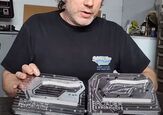


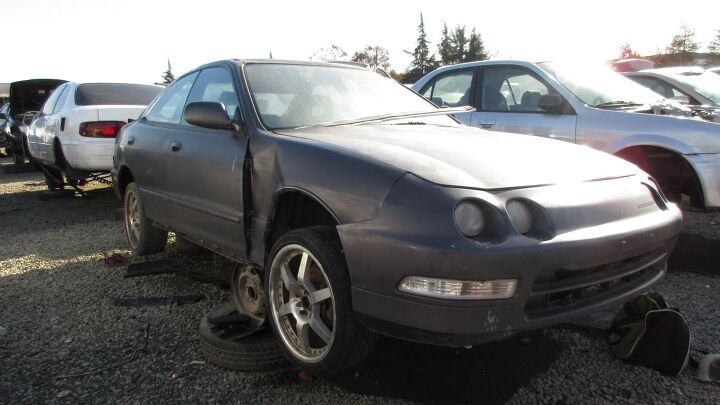


























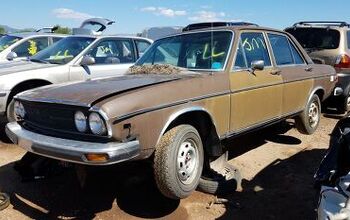
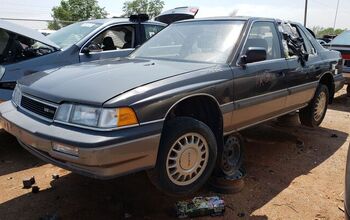
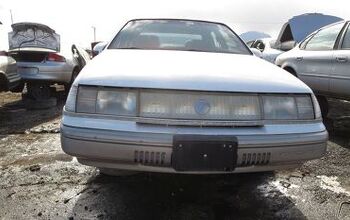
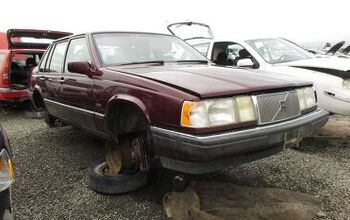





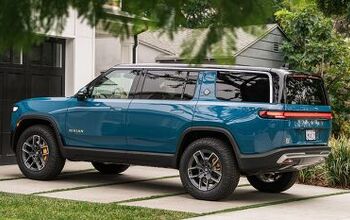
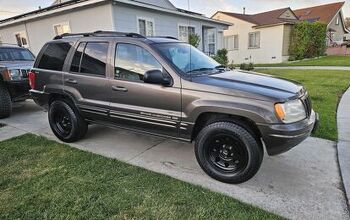
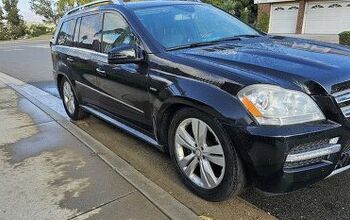



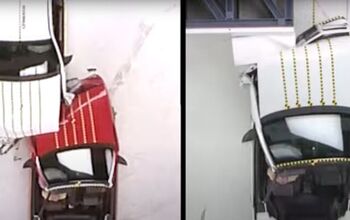


Comments
Join the conversation
Third Gen Integra! Quite possibly the World's Greatest Car!
This car came from the late '80s through late'90s era when Honda could do no wrong. Their cars were much more lithe and sporty than anything from Toyota or Nissan, with low beltlines, huge windows, and interiors with plastics that put contemporary Benzes and Bimmers to shame. Their 4-cylinder engines were turbine smooth, their manual transmissions shifted like butter, and their overall quality and reliability was really second to none. What happened? Somewhere along the line they decided that they wanted to be Buick or Toyota. So sad.